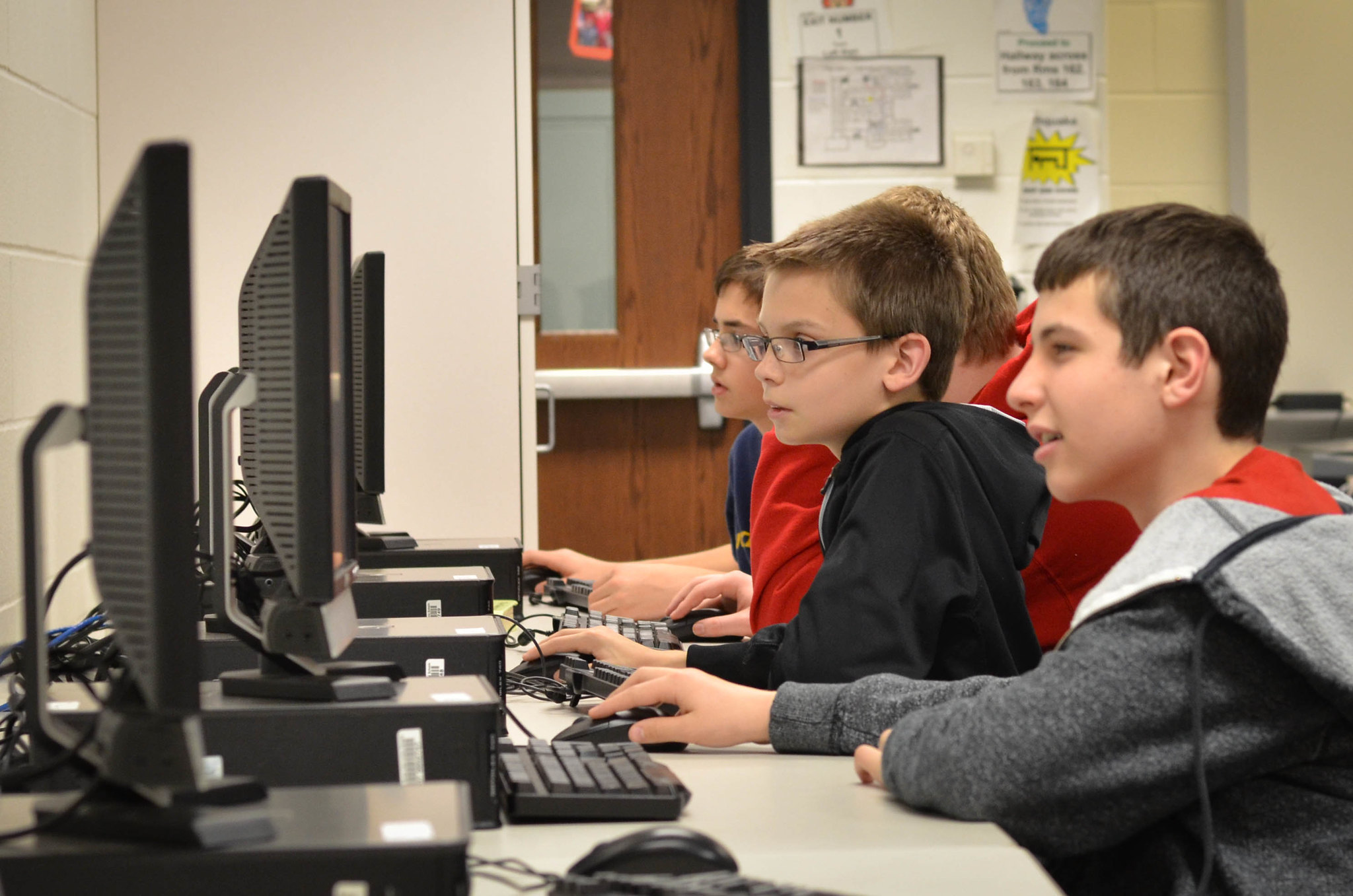But there’s on more add-on to the accreditation process that has gradually been in place for the past decade. The school accreditation agencies now, more than ever, focus on technology integration in schools, as they believe that students should use technology to research, solve problems, communicate, and create authentic materials. The future is technology, and the future is here. I do agree that student technology use is instrumental if they wish to live and compete in the workplace. Our lives now revolve more than ever around technology. However, the school accreditation agencies have regrettably focused on the wrong facet of technology integration. This in turn, generally, contributes in the schools' heedless purchase of tech tools and gadgets to impress and lure.
I've worked with some school accreditation agencies, and all of them (in their review of a traditional brick and mortar school) focus on technology in the classroom, and to a less extent on technology in school, and even much overlooked is out of school technology integration . Some have even developed a standard (with indicators) for technology integration. Below is one criterion of a classroom observation form that all accreditation review team members have to fill out.

The problem with this view is that the classroom setting is considered as the sole place to use technology, and so they constructed their classroom evaluations on it. In this particular accreditation agency, the average rating of classroom technology integration among 34,000 classrooms visited around the world is 1.21 out of 4, which is extremely low. But should we base the evaluation on tech integration on only classroom, or even school use? In fact, a bulk body of research now confirms that classroom technology has a negative impact on student learning. The OECD report (the first large scale comparative study) on students, schools, and computers shows that students in tech rich schools perform the worst in reading and mathematics as compared to students in tech-average schools.
Students who use computers moderately at school tend to be somewhat more skilled in online reading than students who rarely use computers. But students who use computers very frequently at school do a lot worse in reading, even after accounting for students’ background.
On average, in the past 10 years there has been no appreciable improvement in student achievement in reading, mathematics or science in the countries that have invested heavily in information and communication technologies for education.
Three significant interpretations of the findings
The reason is perhaps two-fold : technology setting and technology use.1- Tech use (in the classroom) minimizes human touch, which improves deep learning. It is really common sense. Why would one be with his peers and his teacher in one room if there is no frequent face-to-face interaction. Communicative tasks and assignments should be done in class.
2- Use of 20th century teaching with technology is obtrusive. This is the perpetual problem in all schools. From teachers to admin, you can only find a couple of teachers in any given school that really uses 21st century teaching practices with technology.
3- Pedagogies for using technology properly for student achievement are fledgling.
On the other hand, the US Ministry of Education found out that student use of technology outside of the classroom or school (online and blended learning modes) have resulted in great student improvements.
So, next time the external review team tries to assess your tech integration solely on school or classroom technology, make sure they know that technology integration is not only confined within the classroom walls. In fact, it shouldn’t be ,for one of the key features that technology brings is student personalized learning, which unconfined by time and space. And, next time your school tries to purchase those Interactive Whiteboards, caution them on the reality of tech in schools in terms of student achievement, or at least suggest that they need to be data-informed and know whether there is a real return of investment.

Comments
Post a Comment